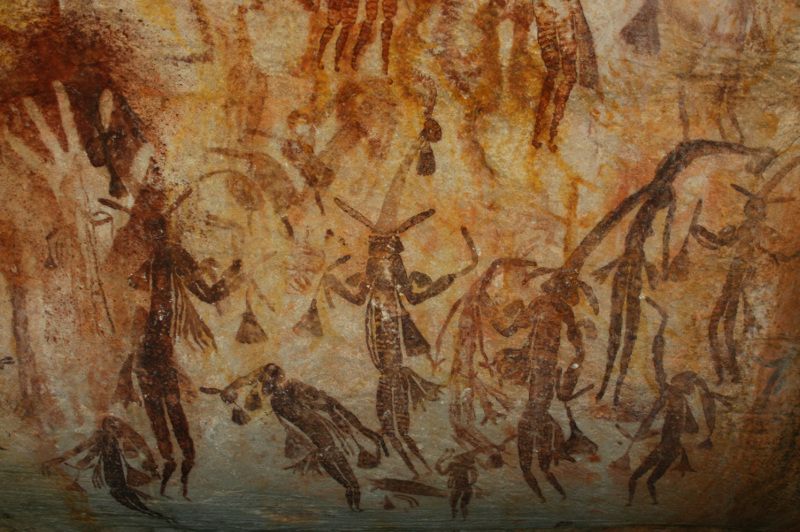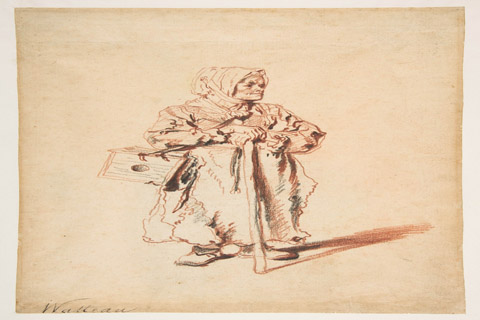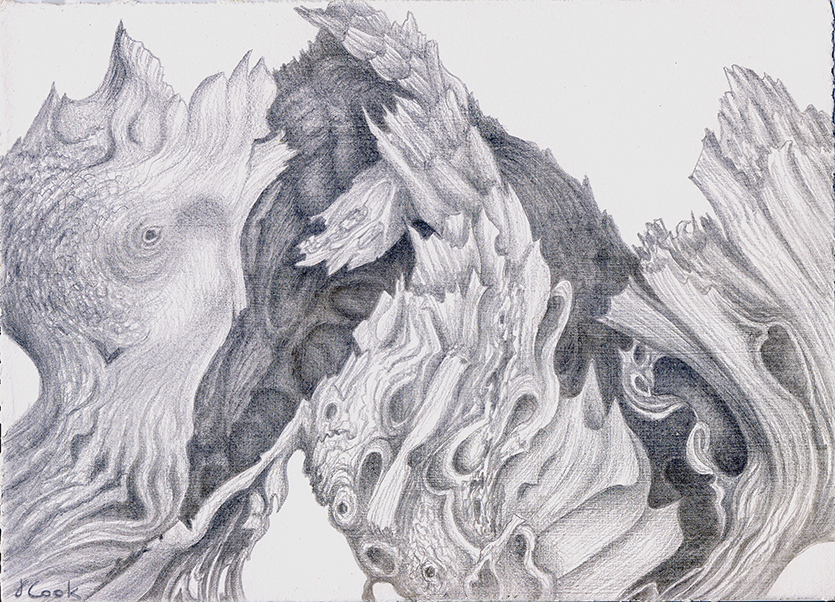The past two or more weeks have been a maelstrom of activity, none of it involved with the actual creation of any art. Nonetheless, I have been very busy as an artist!
I have been working to create a serene, uncluttered home from one that was lovely but full, oh so full, of furniture, ornaments and other things that are in daily use. As I studied the rooms, trying to work out what changes could be made without major building ventures, I realised that I was calling on everything I know in art-making about balance, composition, colour harmony, variety. Even the exercise of being able to visualise how things would look if I made a specific change was valuable, and comes dirctly from all the visualisation I do when I am trying to work out how to approach a painting or drawing. Having visualised things, then a tape measure helped confirm the viability of the plan.
It became an interesting exercice, and one that required different stages. The first critical move was to get rid of one piece of furniture, only - the lynch pin of the whole venture. That allowed all sorts of other furniture to be moved around, and all of a sudden, space and serenity "happened", where everyone can circulate easily. Amazing! A spacious, coherent living room and a functional diningroom were the results.
Next came colour decisions for a huge reupholstering effort of all the chairs and sofa, a bewildering exericise, of course! The fabric samples are always so alluring, and then you have to extrapolate from that small piece of fabric to how the whole sofa will look, once recovered! Again, my role as an artist was distinctly helpful. Trying to harmonise colours of tiled floors, carpets and the seating was a full day's chopping and changing ideas about fabric selections. But it was finally done, the upholsterer carried off the first item, and now comes the waiting period whilst I wonder if the "artist's eye" has carried me through alright!
One of these days, soon, soon, I promise myself: I will be able to get back to drawing and painting and not just be dependent on my art to reorganise a house.


























